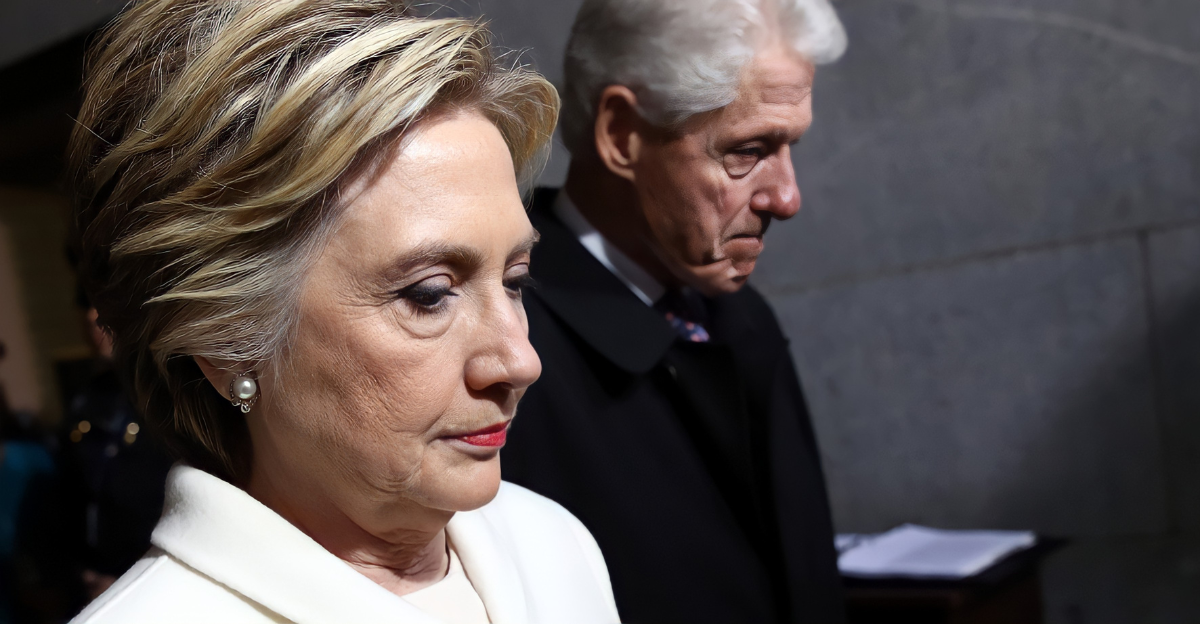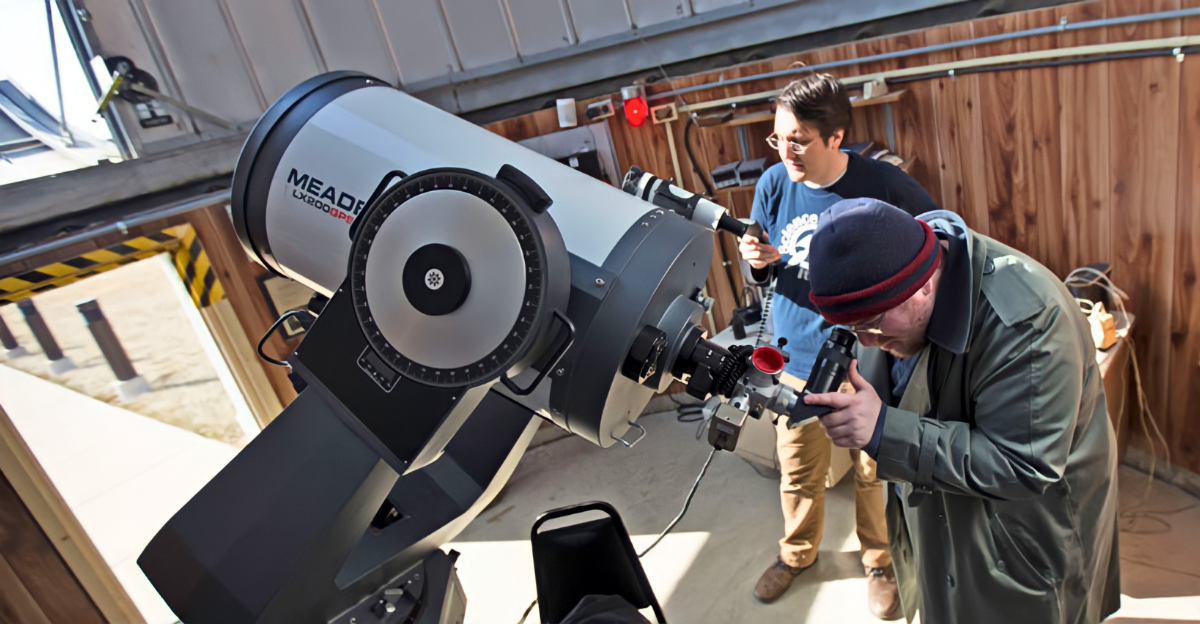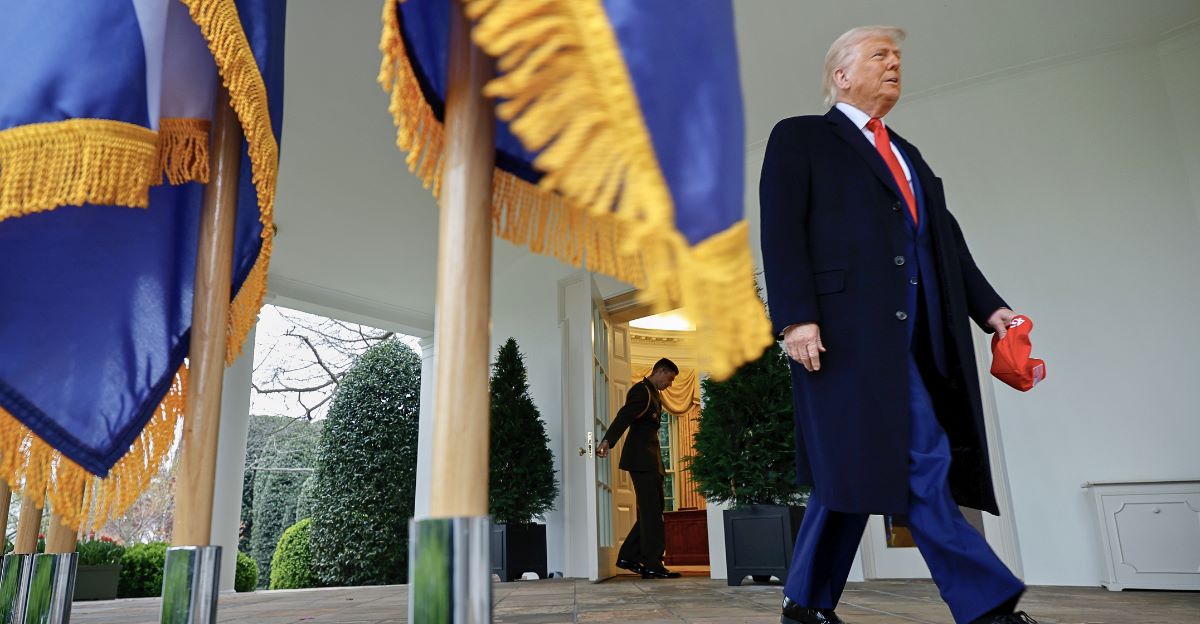
It’s the kind of headline that grabs your attention by shocking you at the mere defiance of logic: despite high-profile trade deals between the U.S., UK, and China, American tariff rates are now the highest they’ve ever been since 1934.
This is no unusual policy, it’s an economic dilemma with far-reaching consequences. According to the Yale Budget Lab, the average U.S. tariff rate is 17.8%, a spike not seen in nearly a century.
This has severe ripple effects across the board that are direct and personal, extending from the price of sneakers to the feasibility of small businesses. This is just the beginning of a story that stretches into every corner of the U.S. economy.
The Roots: How Did We Get Here?
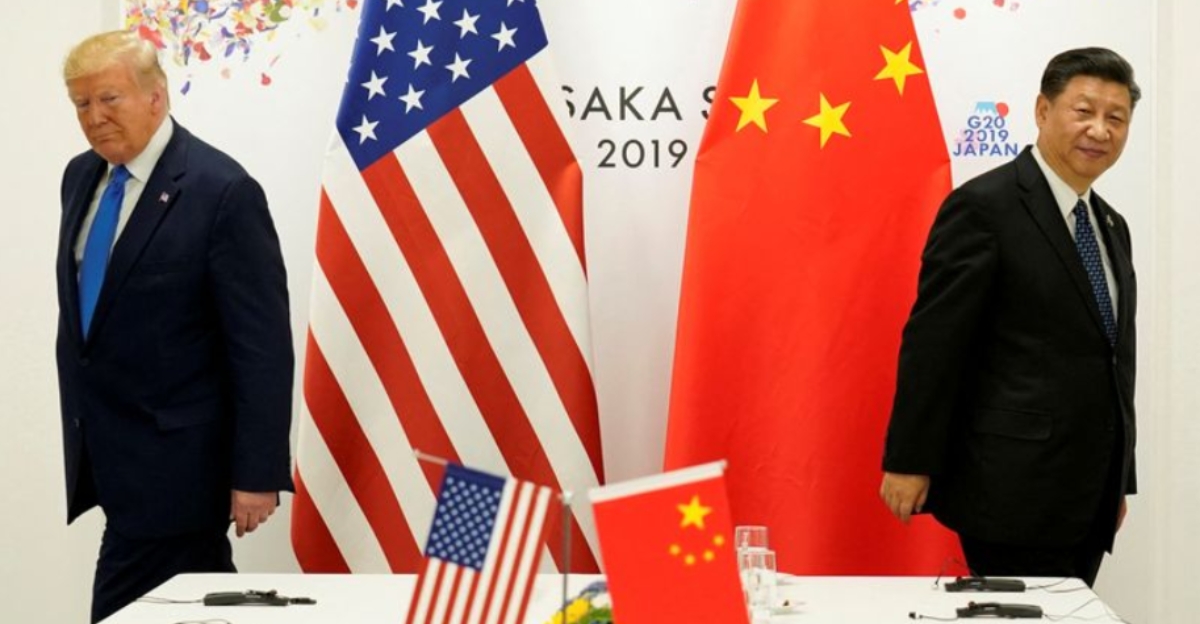
Today’s tariff crisis is the culmination of years of mounting trade tensions. The Trump administration’s tariffs, introduced to counter trade imbalances and unfair practices, set the stage.
Despite recent deals with China and the UK being celebrated as breakthroughs, most tariffs remain stubbornly high or only suspended temporarily. The U.S. has a 10% across-the-board baseline tariff, which can be higher for certain industries.
The underlying drivers—protectionism, economic nationalism, and global distrust—have cemented these higher rates, and even highly publicized trade agreements have thus far been unable to deliver the relief many had hoped for.
The Effects Hit Home: Price Tags and Paychecks
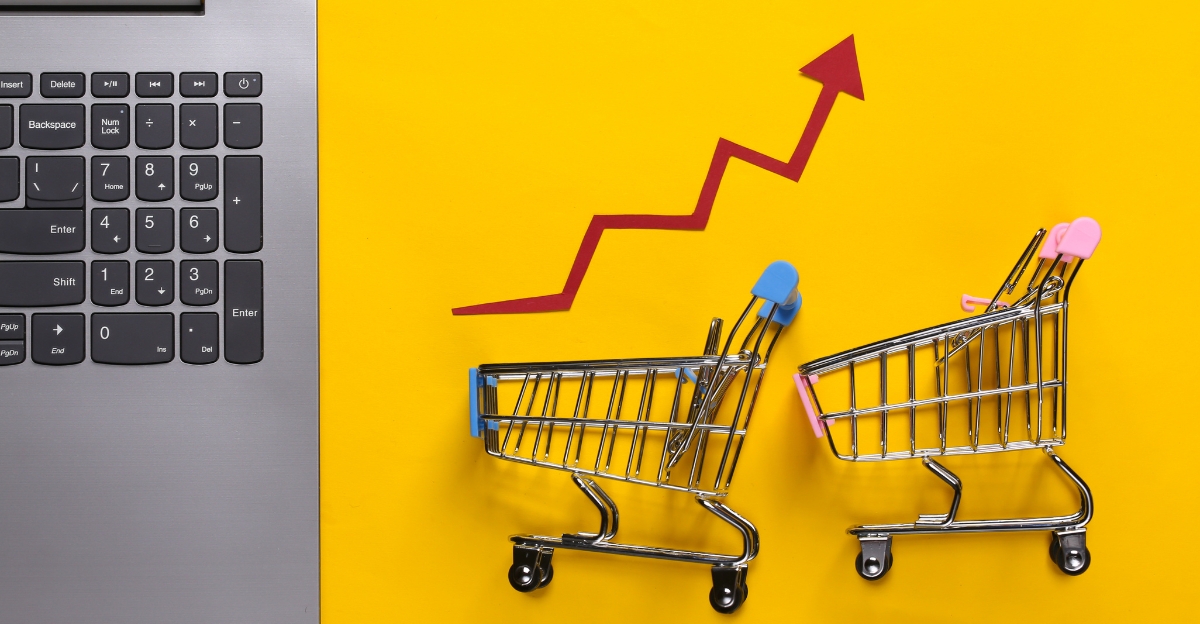
For American families, tariffs aren’t some abstract policy—they’re a daily reality. Prices are up at retailers like Walmart and Amazon, with Yale Budget Lab estimating households lose an average of $2,800 annually to tariffs.
Clothing and shoes have seen 15-19% price increases, squeezing budgets even further. Small businesses, already struggling under inflation and supply chain challenges, are not helped in any meaningful way by recent tariff hiatuses, which are too brief to allow for restocking or recovery.
Thus, the impact is immediate, direct and personal, altering how families plan their finances and businesses estimate projects in an uncertain market.
Behind the Scenes: How Institutions and Industry React

Major institutions and enterprises are scrambling to adapt. Retailers like Walmart have increased their prices and have openly named tariffs as a major factor, weathering political backlash in order to protect their margins.
Meanwhile, Chinese factories are bypassing traditional supply chains, selling directly to U.S. consumers through viral TikTok shops and using creative fulfillment strategies to work around some of the trade restrictions.
Institutions like the Federal Reserve and Yale Budget Lab warn that tariffs can reduce GDP growth by 0.7 percentage points, with further long-term consequences for jobs and investment. Now, business, industries and even consumers are adjusting, if not in ways that policymakers intended or predicted.
New Habits: Workarounds, Substitutes, and the Rise of “Tariff Hacking”
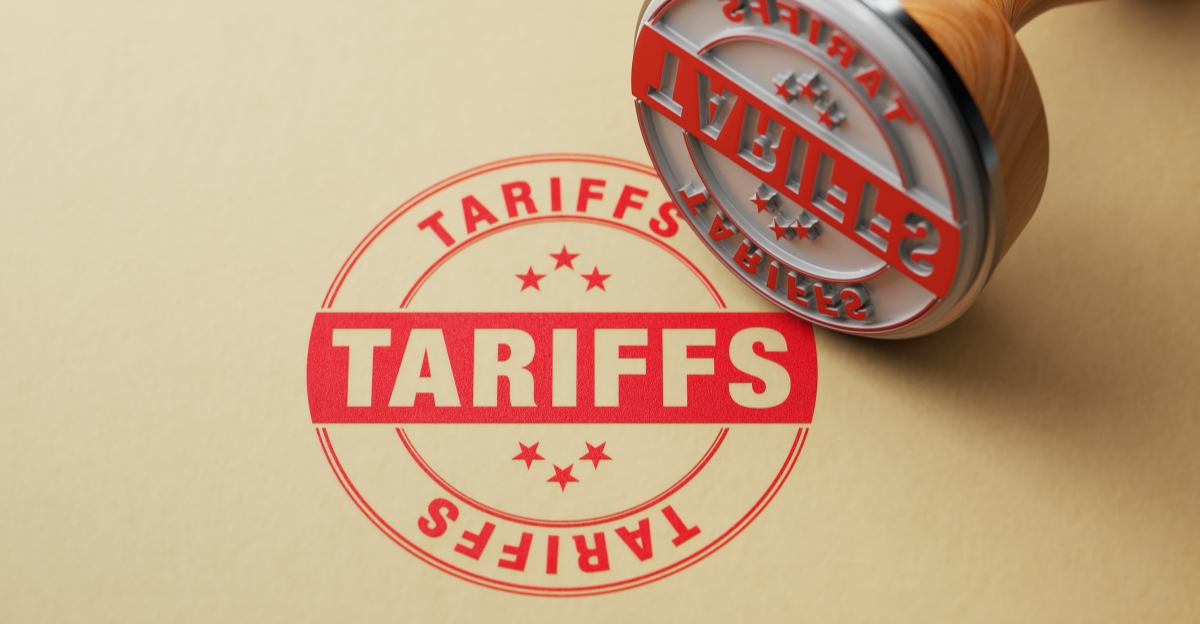
Consumers and businesses are adjusting in clever and innovative ways. Social media platforms, especially Reddit and TikTok, are replete with advice on “tariff hacking”—using cross-border shipping services, buying directly from overseas sellers, and exploiting loopholes.
Some American businesses are moving supply chains to countries that aren’t subject to the highest tariffs, while others lobby for exemptions or rush to get goods in ahead of new tariffs.
These creative workarounds benefit the most agile players within any given industry, meanwhile, less well-connected, smaller companies and low-income families are left to bear the brunt of increased prices and fewer market choices.
Global Shockwaves: Allies, Rivals, and the New Trade Order
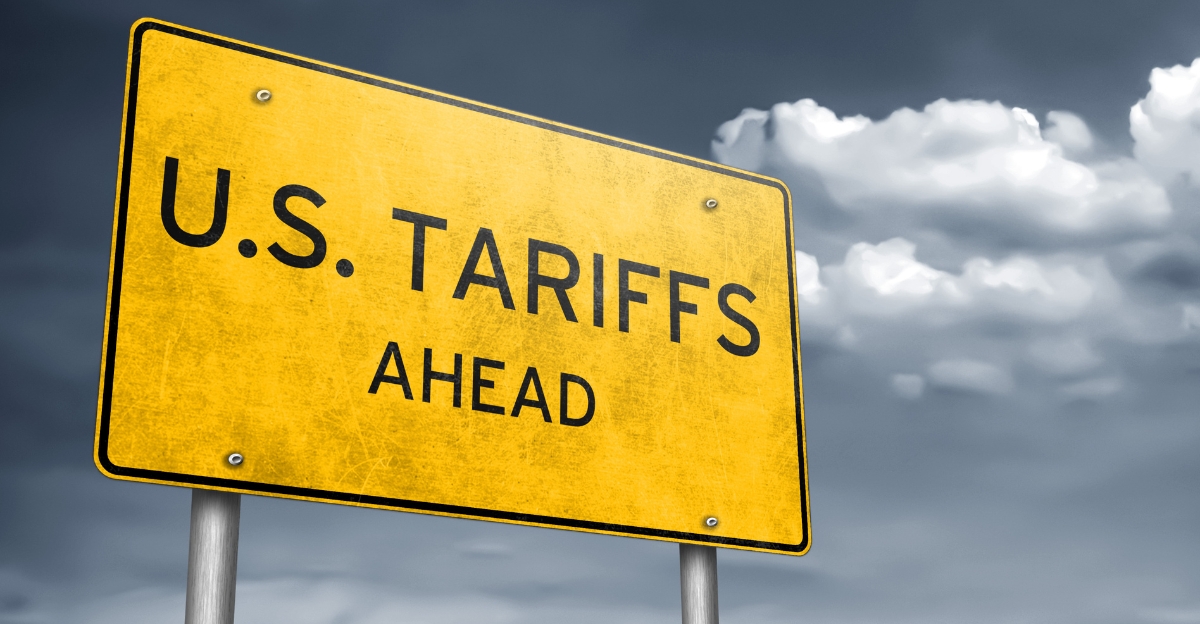
The effects of high U.S. tariffs are felt across the globe, fundamentally altering trade relationships and economic forecasts. Allies, such as the EU and Canada, have retaliated against U.S. steel and aluminum tariffs with their own multi-billion-dollar tariffs.
The UK-US trade deal provided a partial respite, with the reversal of some steel and car tariffs, but a basic 10% tariff remains, and most British exports still face even higher tariffs. Meanwhile, China applied retaliatory tariffs and began controlling exports, singling out U.S. tech firms.
These retaliation tariffs threaten American industries as well as global employment concerns. As a result, J.P. Morgan now estimates a 40% chance of global recession as of May 2025. The world is rebalancing, and the lines of global trade are being redrawn.
The Human Cost: Tales from the Front Lines
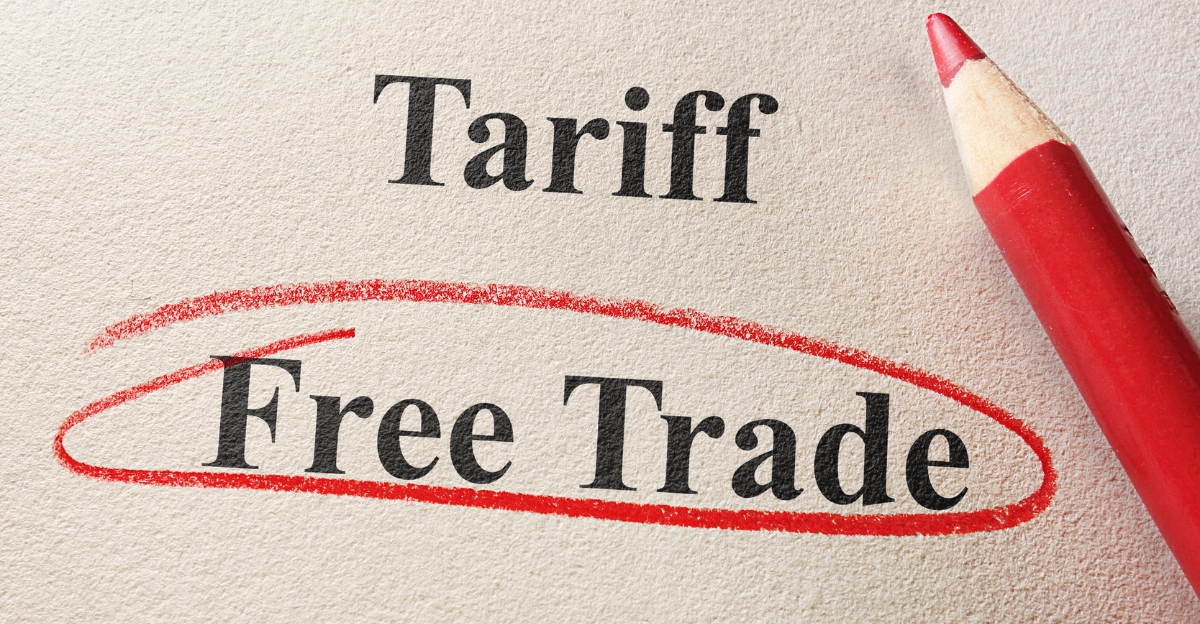
On Reddit, small business owners complain of inventory shortages and cash-flow problems, and TikTok videos of Chinese factories promoting “tariff-free” deals to American buyers are going viral.
An Oregon retailer testified in court that the new tariffs will cost the average family $3,800 a year, a figure cited in lawsuits by a dozen states to try to halt the administration’s protectionist strategies.
To many, the tariff dispute is anything but theoretical, it’s actually existential. The human factor in the global policy debate is that Main Street and ordinary consumers are struggling to adapt to a new, more expensive reality.
Lawmakers and Lawsuits: The Political Battle Over Tariffs

The political response to record-high tariffs is intense and ongoing. The Senate recently rejected a bipartisan bill to invalidate the tariffs, even as opposition grows within both parties.
A dozen states have sued, arguing that the President exceeded his powers in imposing blanket tariffs under emergency powers. Legislators are challenging all aspects from the legality of the actions to their tangible effects on jobs, prices, and America’s global standing.
While the political fight is fierce and unresolved, they don’t appear to be helping or resolving the issue. The tariffs remain in place, continuing to shape concerning economic realities for consumers and businesses alike.
What’s Next? Navigating the Uncertain Road Ahead
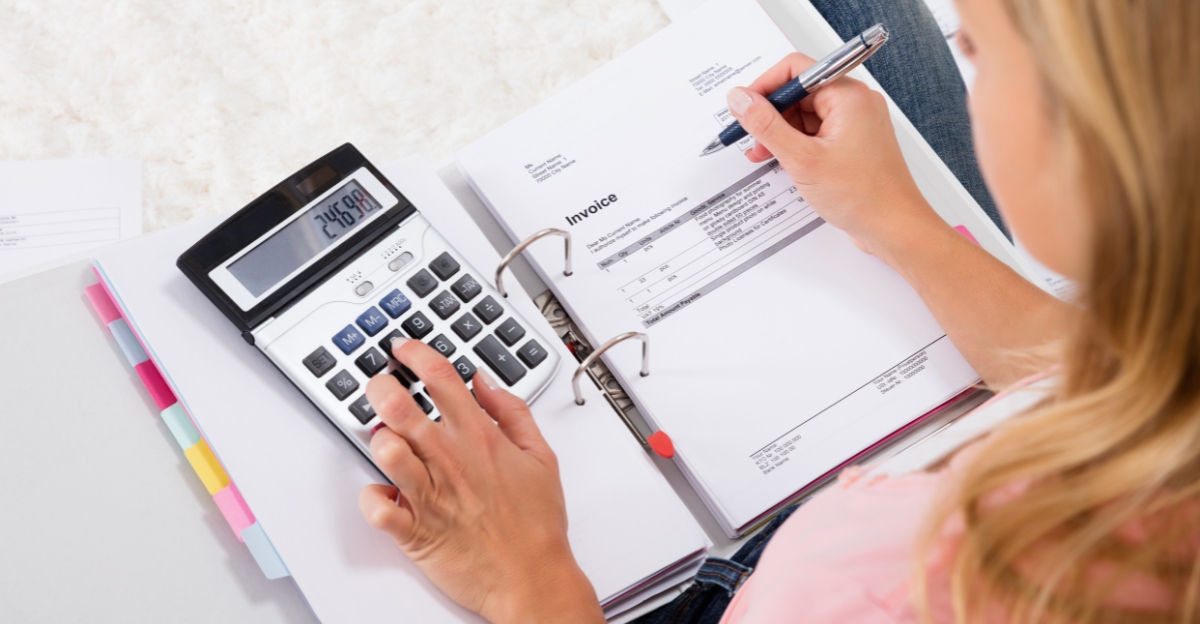
Analysts caution the current “pause” in U.S.-China tariffs will not hold. If talks fall apart, rates could soar even higher, with baseline tariffs on some goods jumping to 54%.
Businesses are bracing for continued volatility, watching trade negotiations and court decisions closely for any sign of reprieve. For consumers, we need to come to terms with ongoing price increases putting pressure on budgets.
Now American businesses and households strategize to spend more wisely, seek out alternatives, or take a page from the “tariff hacking” online playbook. The only constant is uncertainty, as everyone is waiting with bated breath to see what the next chapter will bring.
The Big Picture: What This Means for Your Future
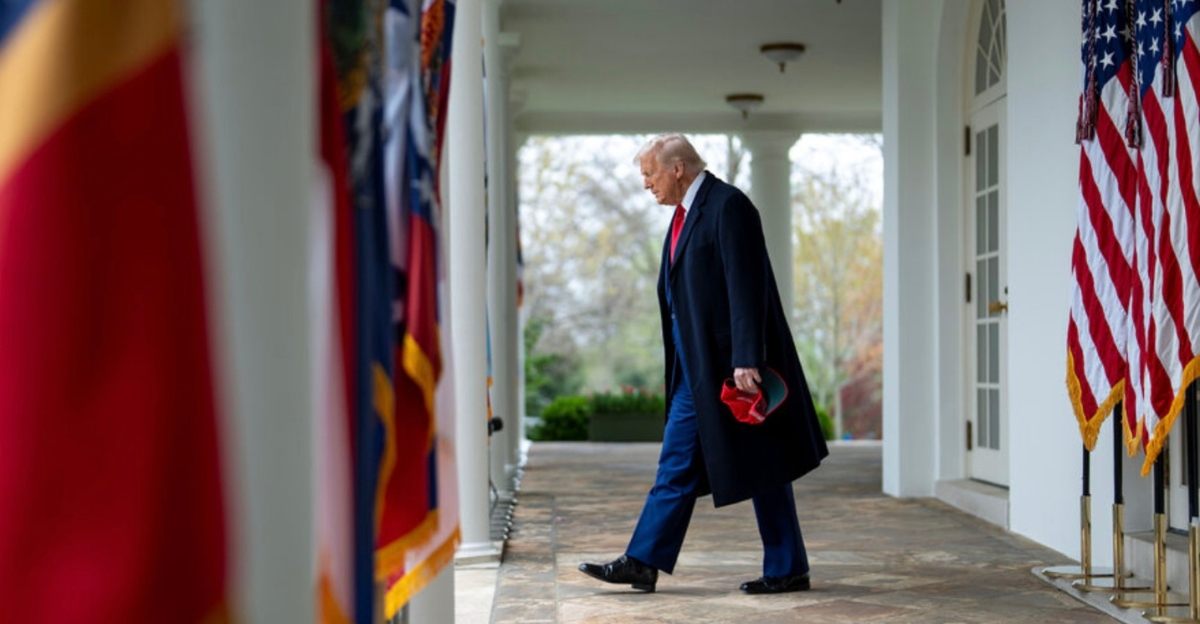
The ripple effect of record-high tariffs continues to spread far and wide. For all the splashy trade truces and stalemates making headlines, the U.S. has dived head-first into a new era of protectionism, with repercussions impacting on daily life and the global economy.
The takeaway is this: trade policy isn’t just for economists or diplomats, it affects every citizen by dictating what we pay, what we buy, and how our jobs are impacted. Further, the world is taking note and doing its best to adapt.
For now, the only certainty is that the ripples will keep spreading, challenging old assumptions and demanding new strategies from everyone, everywhere, in an already rapidly changing world.
Uncover more fascinating moments from history — and hit Follow to keep the stories flowing to your feed!
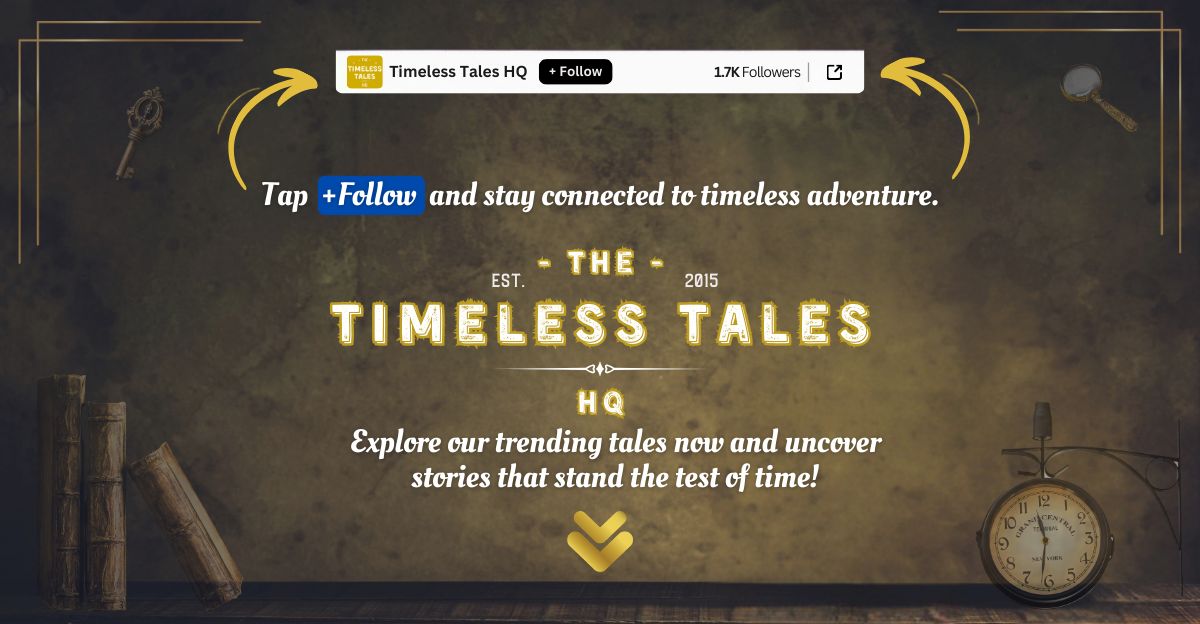
Don’t miss more incredible stories from the past! Tap Follow at the top of this article to stay updated with the latest historical discoveries. Share your thoughts in the comments — we’d love to hear your perspective!

